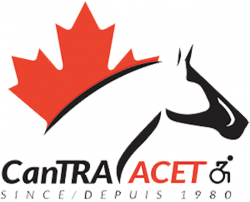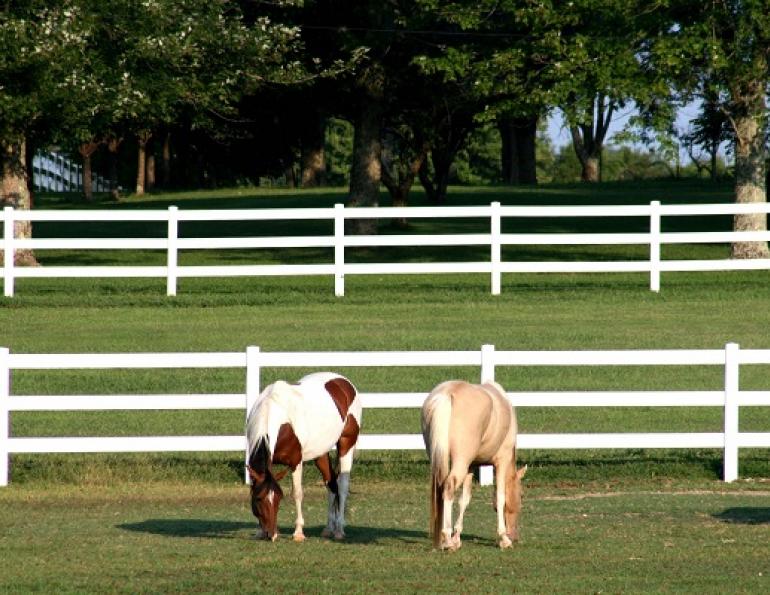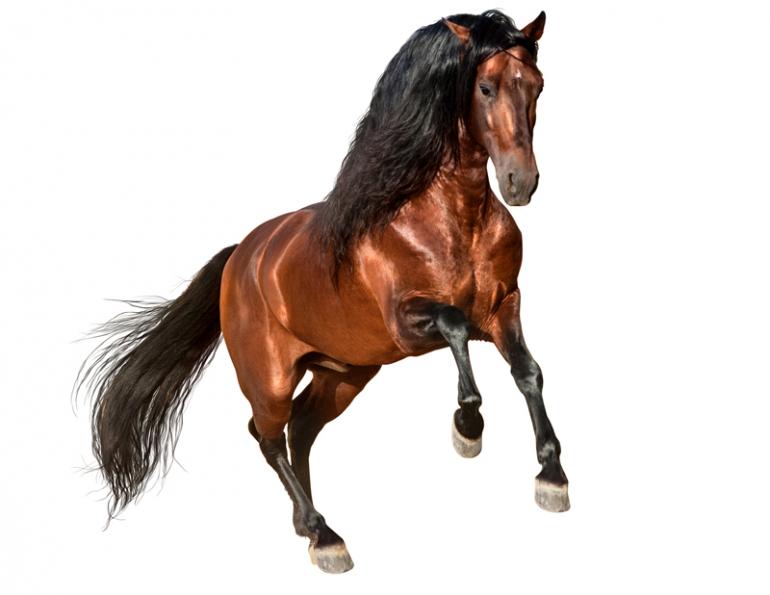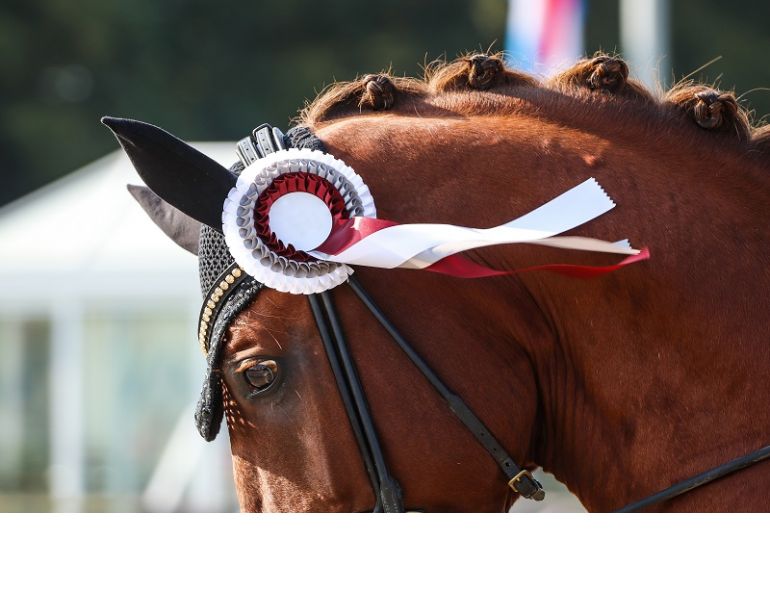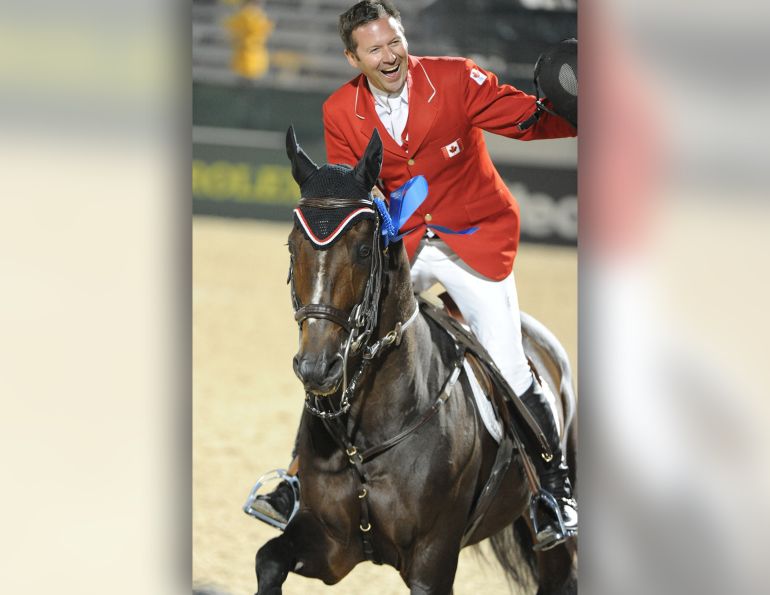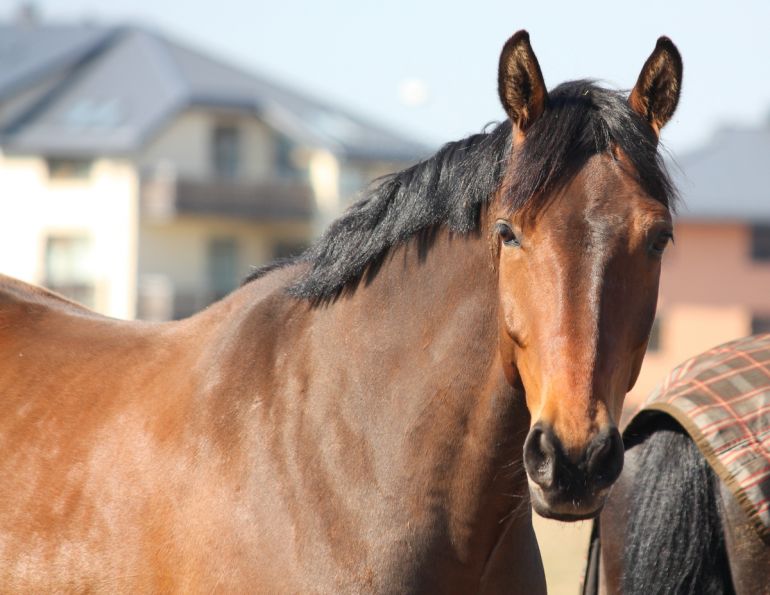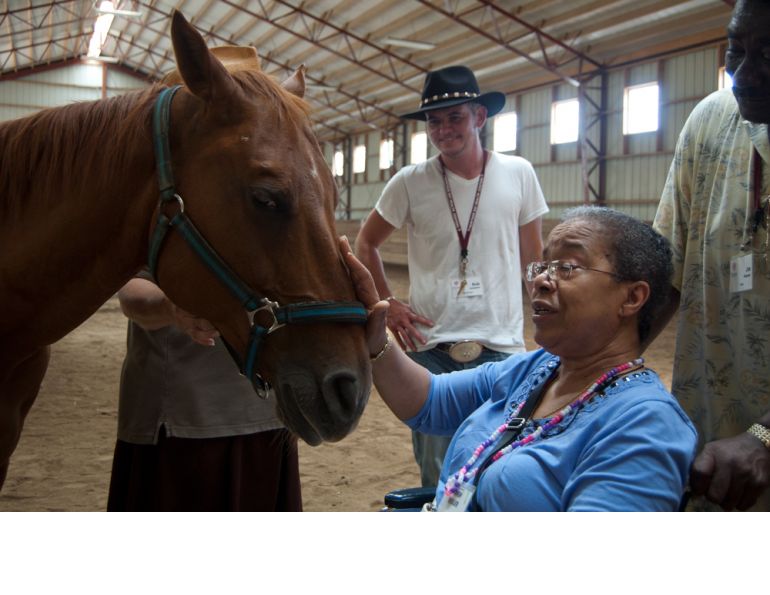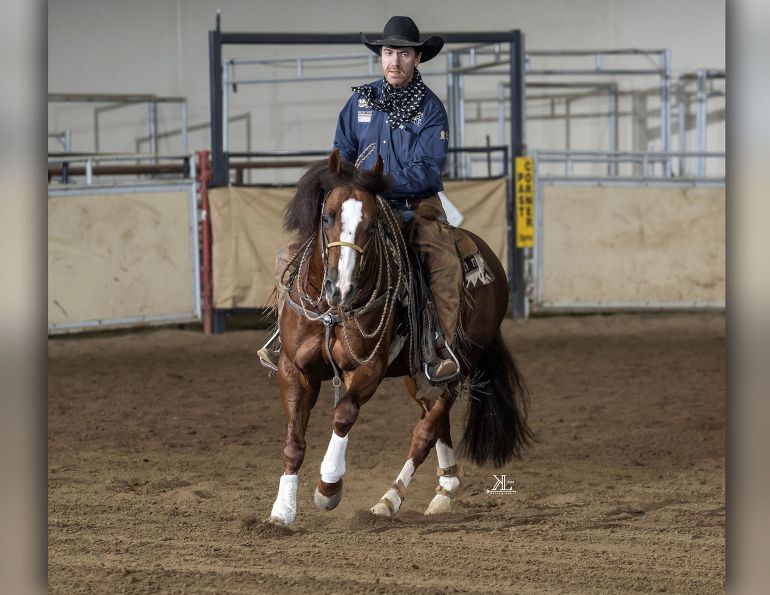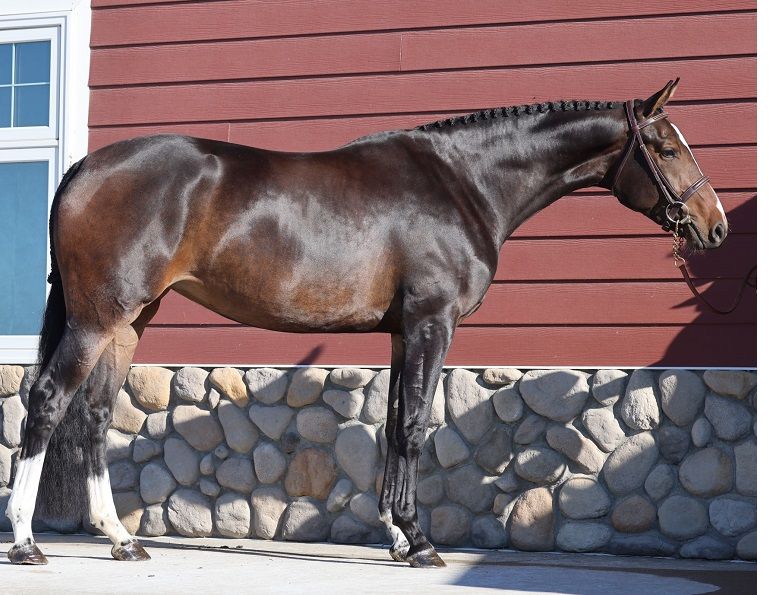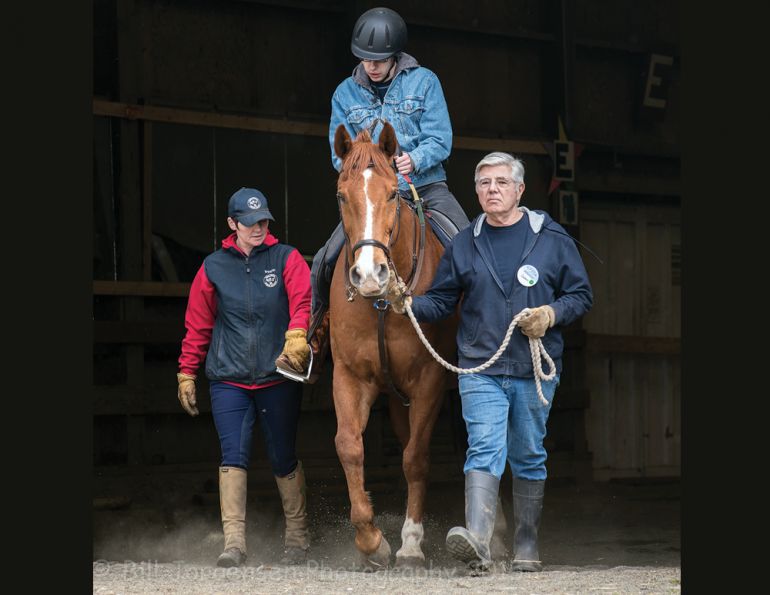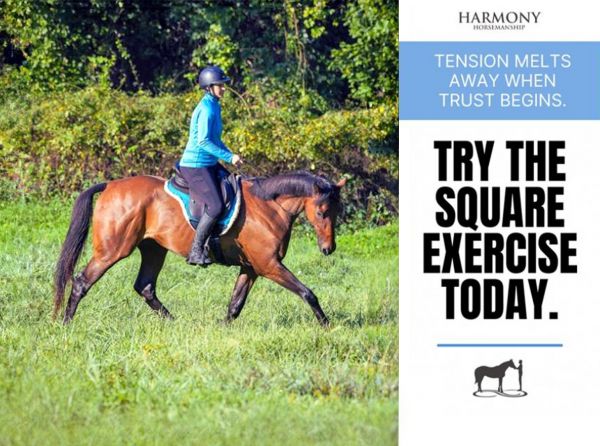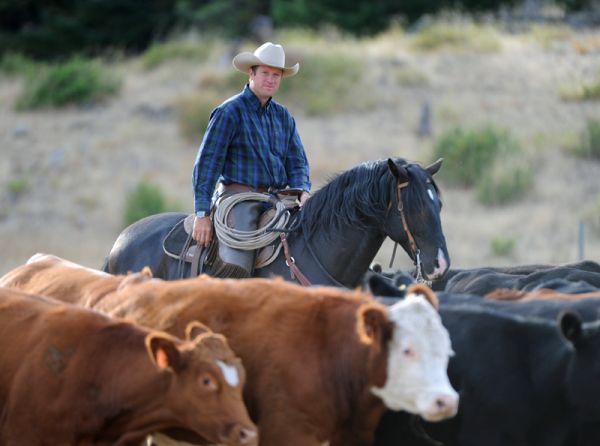By Angela Meyer, Occupational Therapist Reg.(Ont.)
What do you love about horses and riding? Is it the invigorating feeling of trotting? Is it the sight and sound of a whinnied greeting and head toss from your favourite friend? Or is it perhaps the comforting smell of the barn?
Individuals with sensory processing issues don’t just love these sensations, they need them to feel calm, alert, or well regulated. Sensory processing is the ability to organize and interpret information received through the senses to produce a response. These senses include sight, hearing, touch, taste, vestibular (movement), and proprioception (messages from our muscles and joints telling us where our bodies are in space).
Sensory Processing
Imagine being on a roller coaster. Do you crave going faster and higher or does the thought of it make you feel nauseated? Roller coasters provide fast visual, vestibular, and proprioceptive input, and each person has their own threshold for these sensory experiences. If the stimulation is below our threshold, we may actively seek out or wait for more. If the stimulation is above our threshold, we may move away or even shut down.
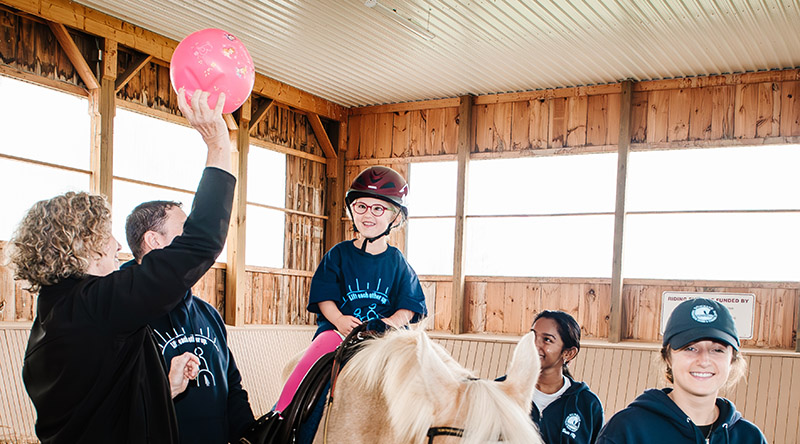
L-R: Angela Meyer holding the ball, side-walker Jason G (hidden), rider Mia G, side-walker Abineya A, Leader Larissa P, horse Toby. Photo: Jessica Goyda
In our day-to-day lives, many people manage to cope with these thresholds by seeking what feels right while avoiding what makes them uncomfortable. However, for those with sensory processing issues, these behaviours may be ongoing and begin to interfere with their learning and stress levels. This challenge is often experienced by those with conditions or disorders connected to sensory issues, including autism spectrum disorder (ASD), attention deficit hyperactivity disorder (ADHD), developmental delay, traumatic brain injury (TBI), and others.
Children who seek movement and touch to reach their sensory threshold may have difficulty sitting still in a classroom without fidgeting, getting up, tapping their feet, or playing with their papers. This lack of focus can affect their ability to attend and hear what is being said by the teacher. Now, picture the same child sitting on a horse that is walking around an arena with an instructor giving directions! With this added sensory input, their threshold can be met, allowing the child to stay alert, focused, and ready to learn.
What Can Be Done to Help?
Identifying sensory processing issues falls within the role of occupational therapy (OT). Occupational therapists have developed checklists and standardized assessments that gauge where an individual’s sensory threshold is based on a variety of behaviours. This is important information for therapeutic riding instructors when they develop lesson plans.
For instance, if a rider seeks vestibular or proprioceptive input, the instructor and therapist may choose a horse with a choppier gait. They may include lots of walk-halt activities, serpentine movements or, eventually, introduce trotting. In addition, the rider may be encouraged to help get the horse ready for the lesson. This can involve activities like brushing, carrying heavy tack, or pushing and pulling a cart, which are all great ways to meet their sensory needs while learning. If a rider has a low threshold for sounds, a quieter environment will be provided. Sudden noises, such as a horse whinnying or rain on the metal arena roof, will be explained to the rider prior to the lesson to help them to cope. In cases where vision is a strength, particularly in children with ASD, the constant movement in their peripheral vision while riding meets a visual sensory need. For these riders, learning may also be enhanced with toys that light up, bright pictures displayed around the arena, or strategically placed mirrors.
Is Therapeutic Riding Simply a Fun Leisure Activity?
If you ask the rider, the answer will be yes! Children with sensory processing issues look forward to their riding experience because it is just plain fun! This is because they feel alert, well-regulated, and calm when their sensory needs are being met. Both parents and children appreciate that therapeutic riding lessons are structured around a typical leisure activity rather than traditional therapy. Parents and instructors always agree: When the rider’s sensory processing needs are met, learning happens and brings giggles, laughter, and pure joy to their face!
Angela Meyer has been a consultant Occupational Therapist at Sunrise Therapeutic Riding & Learning Centre (Puslinch, ON) since 2006. She is also a member of the CanTRA Medical Advisory Committee.
Main Photo: L-R: Side-walker Jason G, rider Mia G, horse Toby, hidden side-walker Abineya A. Credit: Jessica Goyda




